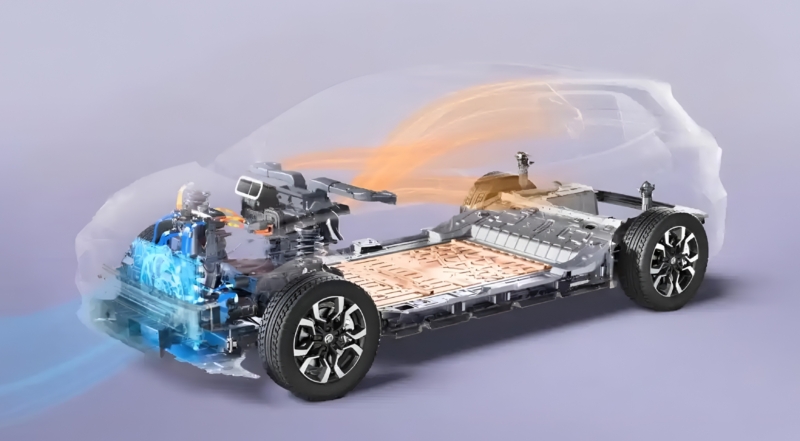China’s regulators are preparing to standardise the naming of “semi-solid-state batteries,” which will soon be officially referred to as “solid-liquid batteries,” according to Yicai. The change is intended to reduce confusion between semi-solid and fully solid-state technologies, as both are attracting growing interest across China’s fast-expanding electric vehicle industry.
A semi-solid-state battery contains both solid and liquid electrolytes, with the solid components typically making up more than 90 per cent. The design is considered safer and more energy-dense than conventional lithium-ion batteries while remaining compatible with existing production lines. It is widely regarded as a transitional step toward fully solid-state systems, which still face challenges in materials, cost, and large-scale manufacturing.
The proposed renaming comes at a time of intense market activity. From April 9 to October 9, China’s Solid-State Battery Index (BK0968) nearly doubled from 1,288.8 to 2,426.32 points, before closing at 2,277.83 on October 24. Analysts link the rally to accelerating policy support and visible progress in research.
In February, the Ministry of Industry and Information Technology (MIIT) and seven other government departments listed solid-state batteries as a key national research priority. Since then, central and local authorities have repeatedly emphasized the technology in policy documents, conferences, and industrial standards. Recent research breakthroughs in October have further raised expectations for commercialization.
SAIC‘s IM Motors, Roewe, and MG, plan to introduce vehicles equipped with semi-solid, or “solid-liquid”, batteries starting in 2025, often referred to by analysts as the “first year of mass installation.” Over the following three years, the technology is expected to expand from premium to mid-range models and possibly reach the sub-200,000-yuan (27,900 USD) segment.
However, semi-solid batteries still face higher production costs and lower charging efficiency than conventional lithium-ion packs. Analysts expect these issues to improve as manufacturing scales up and materials mature.
At the 2024 China Solid-State Battery Innovation Development Summit, academician Ouyang Minggao outlined a three-stage roadmap: first-generation solid-state batteries based on sulfide electrolytes (2025–2027) with 400 Wh/kg energy density; second-generation units (2027–2030) reaching 500 Wh/kg; and third-generation designs (2030–2035) targeting over 600 Wh/kg.
Editor’s comment
If approved, the new term “solid-liquid battery” would officially define this transitional class of batteries, bridging conventional lithium-ion and fully solid-state technologies, while helping standardise industry terminology in China’s increasingly competitive, fast-moving energy sector.
Follow us for ev updates









